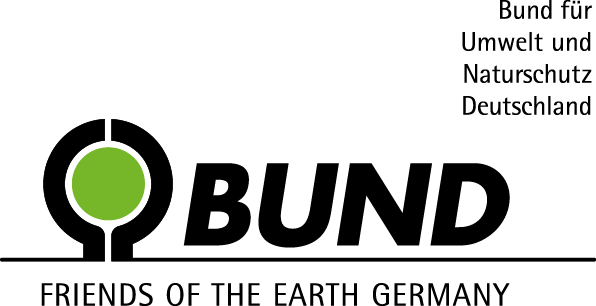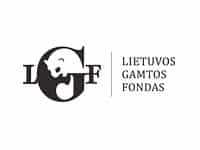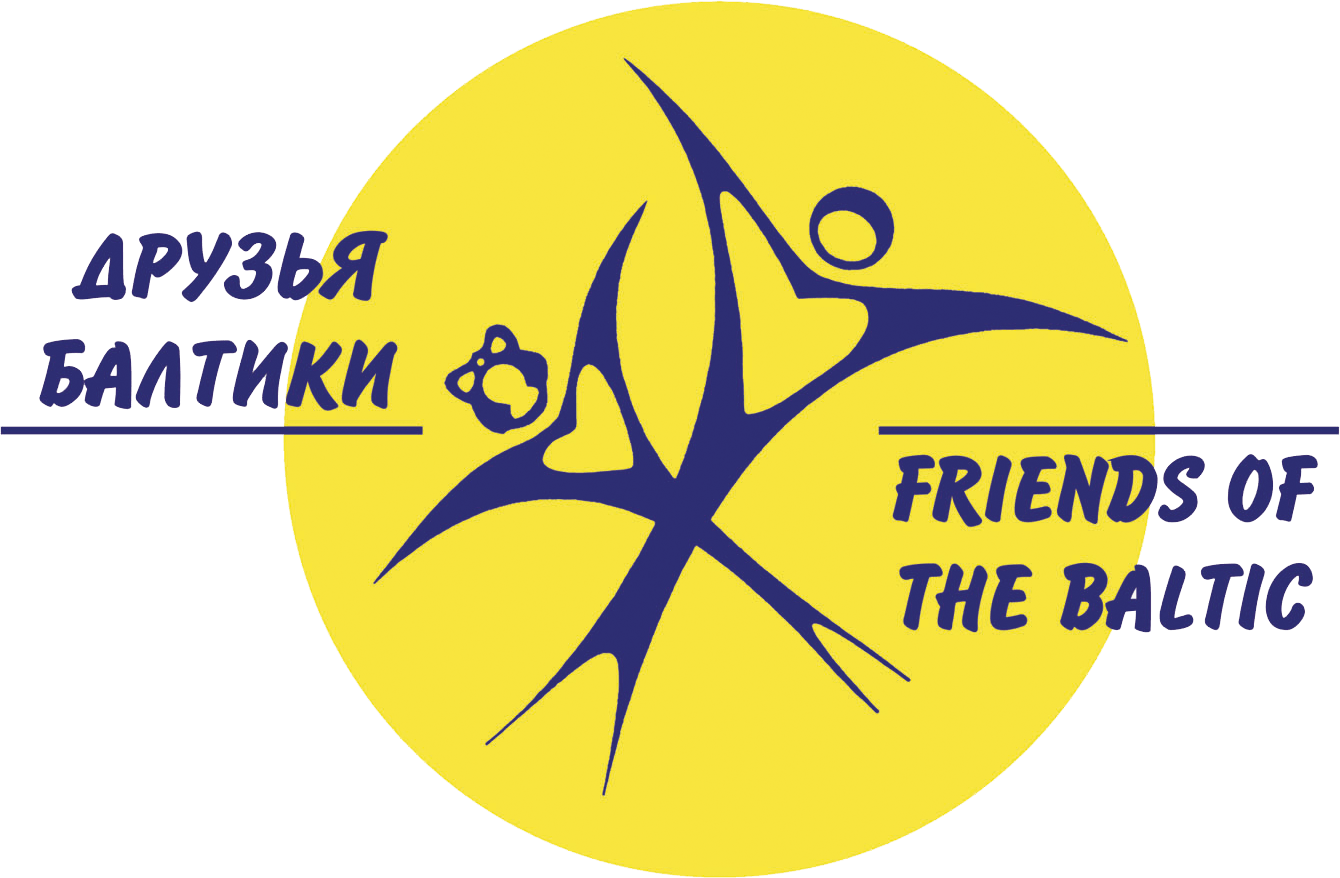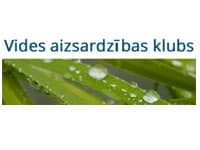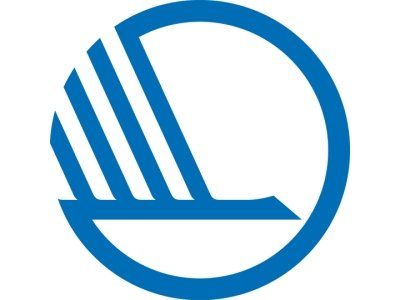Plastic Free Baltic
2017-2018
CCB considers products that contain microplastics to be harmful and unnecessary and that adding microplastics to any consumer product should be banned!
OVERVIEW OF THE ISSUE
The water in the Baltic Sea contains a lot of very small plastic particles collectively known as microplastics since they are so small we almost can’t see them. Some of the main sources of microplastics include personal care products and clothing.
Microplastics are deliberately put into these products and as they get used and washed these plastics pass into the sewage system before eventually finding their way into the marine environment. Unfortunately, waste water treatment plants cannot filter them out because they are so small and there is no way to remove them once they enter the water system.
"PLASTIC FREE BALTIC" IN A NUTSHELL
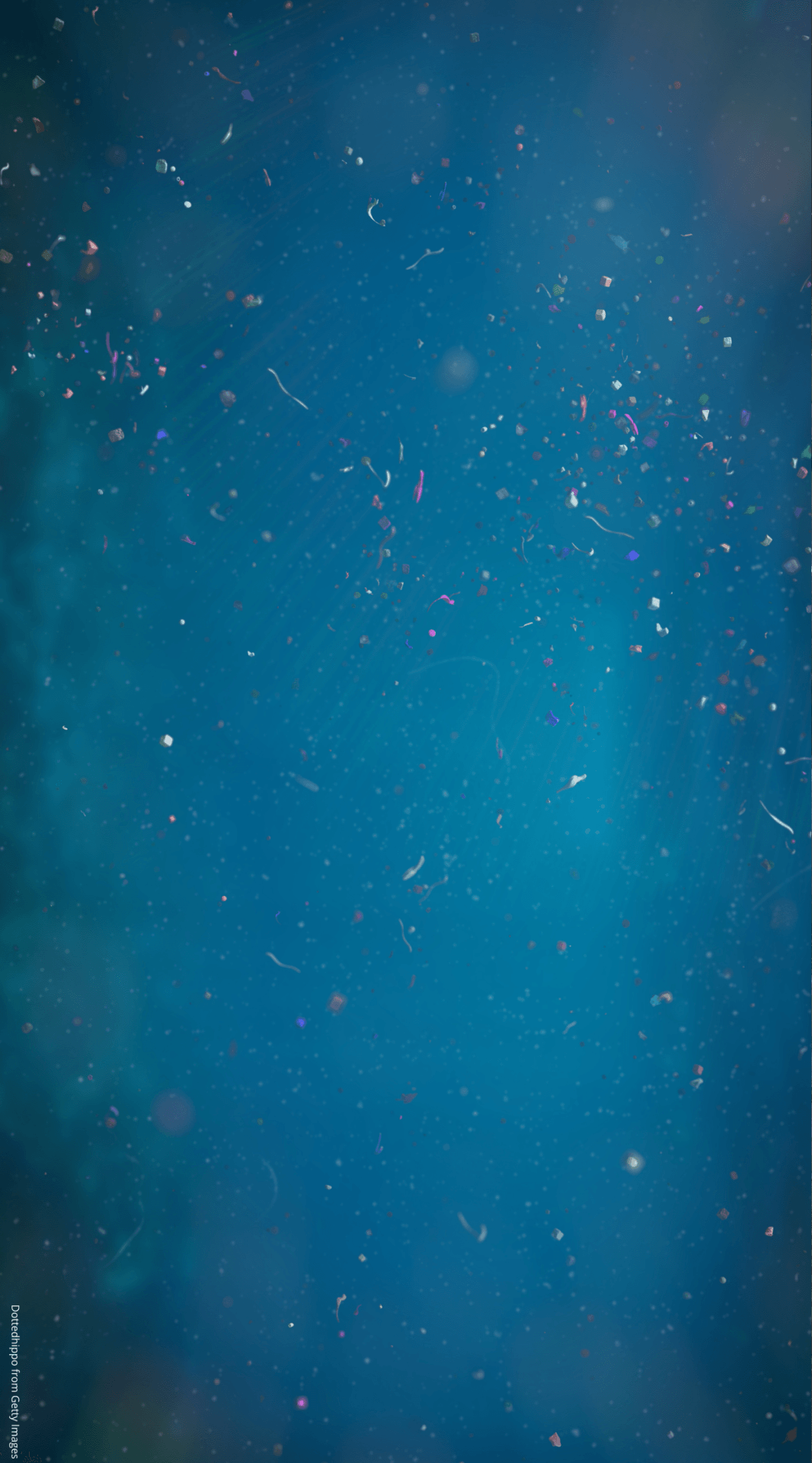
Plastic pollution is a major concern for the marine environment. Plastic of different types and sizes can be found on beaches or in the sea, ranging from larger pieces – bottles, bags, plastic packaging and single-use articles to very small plastic particles. Plastic particles smaller than 5mm are called microplastics and they can be categorized into primary and secondary. Primary microplastics are industrially manufactured whereas secondary microplastics form through a fragmentation process when larger plastic items break down due to UV-radiation and/or wave action in the water. Microplastics are widespread throughout the marine environment including surface waters, shallow waters and in the deep-sea sediments.
One of the main ways microplastics enter water systems is through the use of personal care products that contain microplastics. These get flushed down household drains, pass the sewage system before finally ending up in the marine environment, such as our beautiful Baltic Sea.
Useful reading on the topic
IUCN study on microplastics in the oceans
Swedish sources and pathways for microplastics to the marine environment, IVL, 2016
Sources of microplastic- pollution to the marine environment, MEPEX, 2014
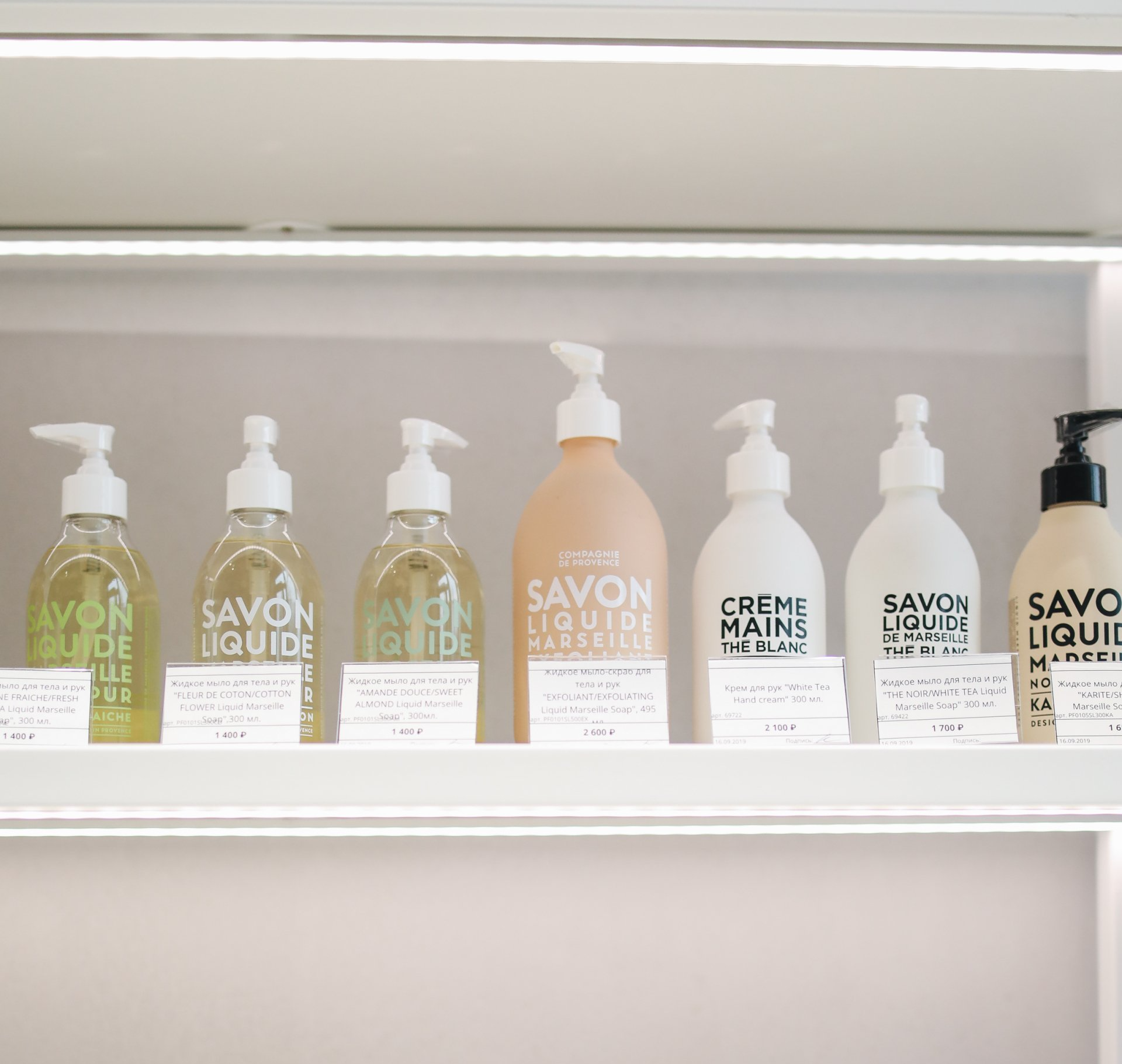
You can find microplastics in all sorts of personal care products e.g. exfoliators, creams, shower gels, body lotions, eye shadows, deodorants, blush powders, make-up foundations, skin creams, hairsprays, nail polish, liquid makeup, mascaras, shaving creams, baby products, bubble baths, hair coloring and sunscreen.
Microplastics are put into cosmetics to serve different functions e.g. as abrasives in exfoliators or as film forming, bulking or viscosity controlling agents in body lotions, facial creams and make-up. In general, microplastic particles used in personal care products are between 50-1000µm and <2,5µm in size and the content varies between 1% and 90%.
Beside the physiological effects of ingesting microplastics, they are also known to accumulate metals and persistent organic pollutants (POPs) on the particle surface from the surrounding seawater. Those pollutants can then transfer from the plastic to other organisms when ingested and because of its fat solubility there is a large risk that it accumulates in the fat tissues of marine organisms and therefore enter the human food chain.
Useful reading on the topic:
Plastic in cosmetics, UNEP 2015
Swedish proposal for a national ban on microplastics in PCCP
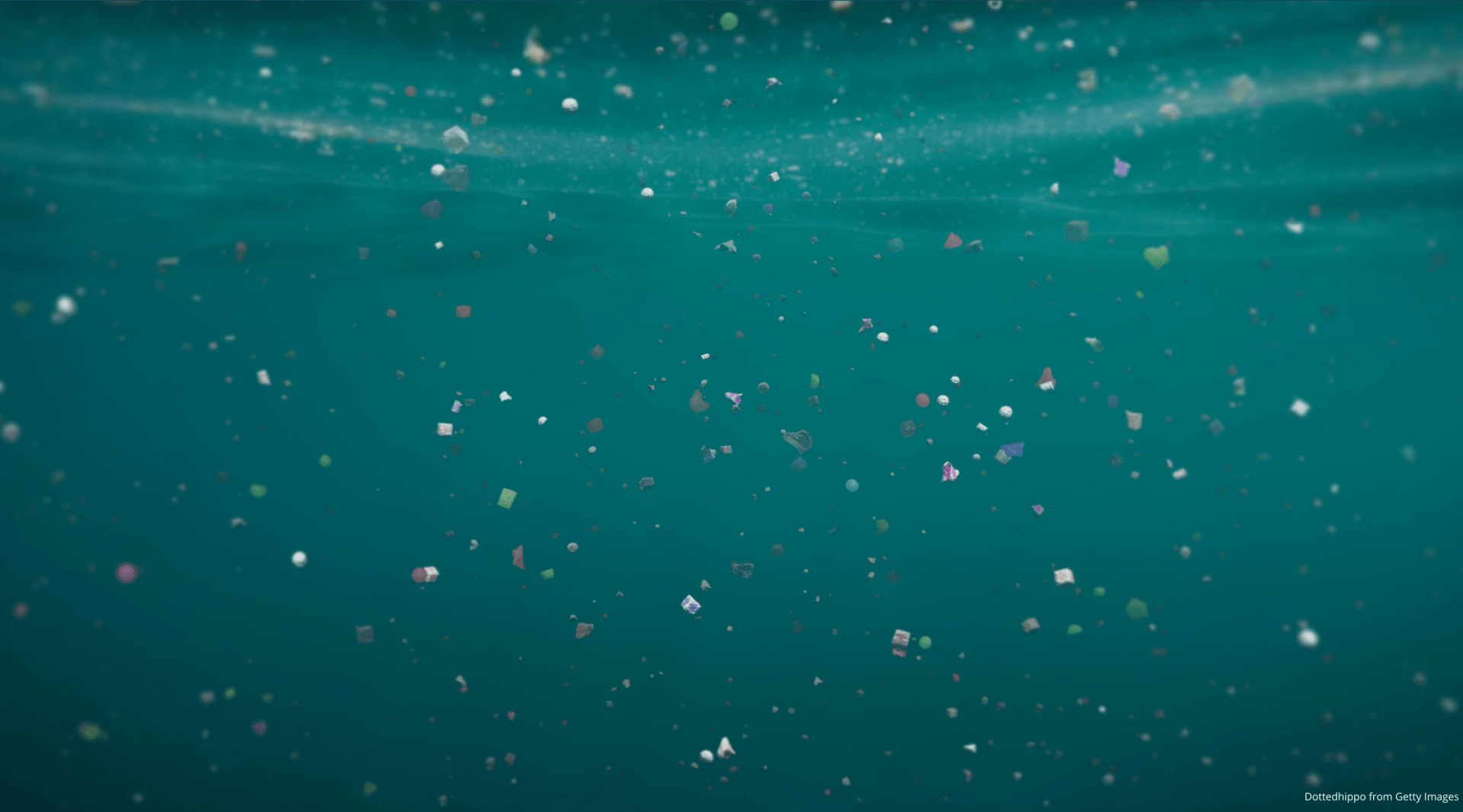
In the Central Baltic, litter items vary between 75,7 items/100m discovered at rural beaches to 236,6 items/100m at urban beaches. Due to the fact that the Baltic Sea has a slow water exchange rate it is likely that marine litter accumulates at the sea bed. Trawler surveys found that sea bed litter in the Baltic Sea (0.2 kg/km) is twice as high as in the North Sea (0.098 kg/km). Another study of the Baltic Sea region revealed that annually 130 tons of microplasticsfrom care products are flushed down household drains and due to ineffective filtering by sewage treatment plants, up to 40 tons of microplastics end up in the Baltic Sea.
Useful reading on the topic
HELCOM Regional Action Plan on Marine Litter, 2015
Marine Litter: Vital graphics, 2016
IUCN study on micropalstics in the oceans
The New Plastic Economy, Ellen MacArthur Foundation, 2016
Marine Littering and Sources in Nordic Waters, NCM, 2015
Swedish sources and pathways for microplastics to the marine environment, IVL, 2016
Study to support the development of measures to combat a range of marine litter sources, EC, 2016
Sources of microplastic- pollution to the marine environment, MEPEX, 2014
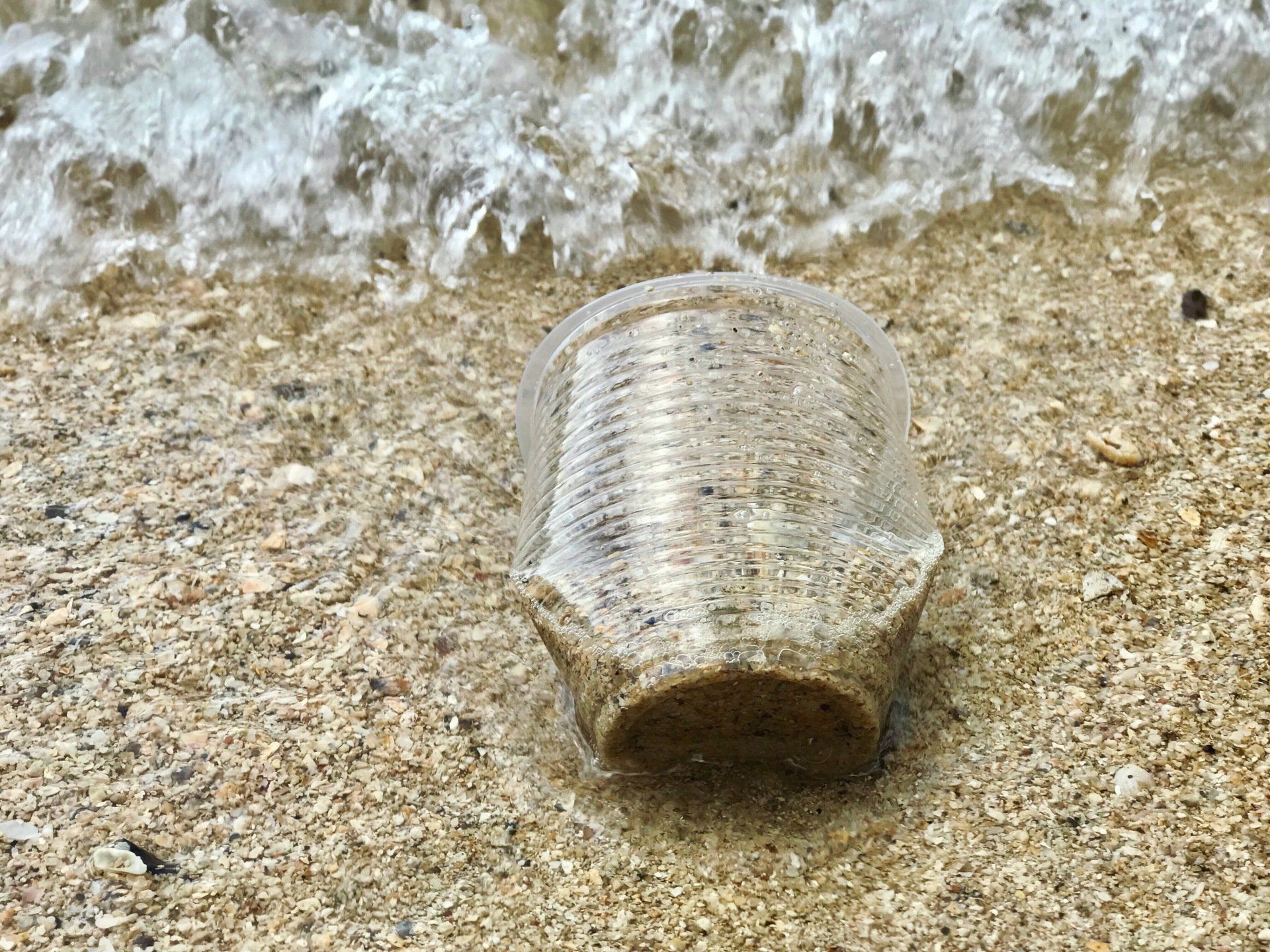
HELCOM Marine Litter Stakeholder Conference on 9 March 2016 in Helsinki, CCB’s presentation
CCB Workshop on marine litter in Helsinki, Finland on 8 March 2017; CCB Presentation on 2015 activities and presentation of the Mobile apps addressing marine litter problem (Presentation updated – April 2020).
CCB’s work on marine litter was also presented at HELCOM PRESSURE 4-2016 meeting in Gothenburg, Sweden
Participation in 2nd annual Marine Litter Watch (MLW) Workshop at the European Environmental Agency in Copenhagen on 23 and 24 February 2016, CCB’s presentation
CCB workshop on Marine Litter Watch on 2-3 November 2017, Gdansk, Poland
Draft CCB Guidance to reduce micro-particles pollution from stormwater in urban areas; see also presentation at HELCOM
Draft methodology to monitor riverine inputs of micropalstics will be further updated within 2017 microplastic campaign
Draft overview report on stormwater management and its adaptation to climate change.
CCB/IUCN Workshop on Baltic Solutions for Plastic Pollution, 8 October 2018, Riga, Latvia
Microplastic ingredients that you can find in personal care products
| Type of miroplastics (INCI names) | Function in products |
|---|---|
| Polyethylene (PE) | Exfoliating Film formation Viscosity controlling Binder for powders |
| Polypropylene (PP) | Bulking agent Viscosity increasing agent |
| Polyethylene-terephthalate (PET) | Exfoliating Film formation Hair fixative Viscosity controlling Aesthetic agent (e.g. glitters in bubble bath, makeup) |
| Nylon-12 | Bulking Viscosity controlling Opacifying (e.g. wrinkle creams) |
| Polyurethane (PUR) | Bulking agent Viscosity controlling |
| Acrylates Copolymer (AC) | Binder Hair fixative Film formation Suspending agent |
PUBLICATIONS
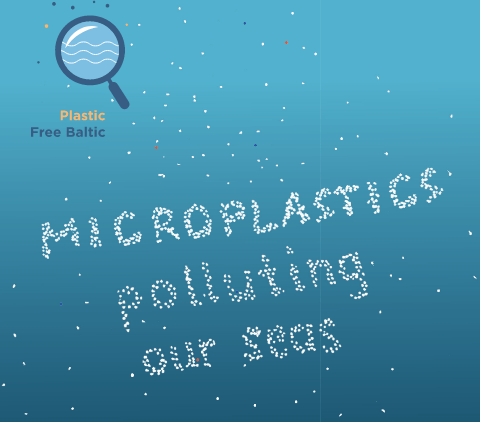
Information Booklet
-
Download the booklet in your language
CCB Brochure on Microplastic Pollution – Belarusian version
CCB Brochure on Microplastic Pollution – Russian version
CCB Brochure on Microplastic Pollution – Finnish version
CCB Brochure on Microplastic Pollution – Latvian version
CCB Brochure on Microsplastic Pollution – Polish version
CCB Brochure on Microplastic Pollution – Swedish version
CCB Brochure on Microplastic Pollution – Estonian version
Products that are known to contain microplastics
-
Microplastic Product List - in the Baltic Sea Region
MEDIA MATERIALS
For more information:
CCB Secretariat: secretariat (at) ccb.se

